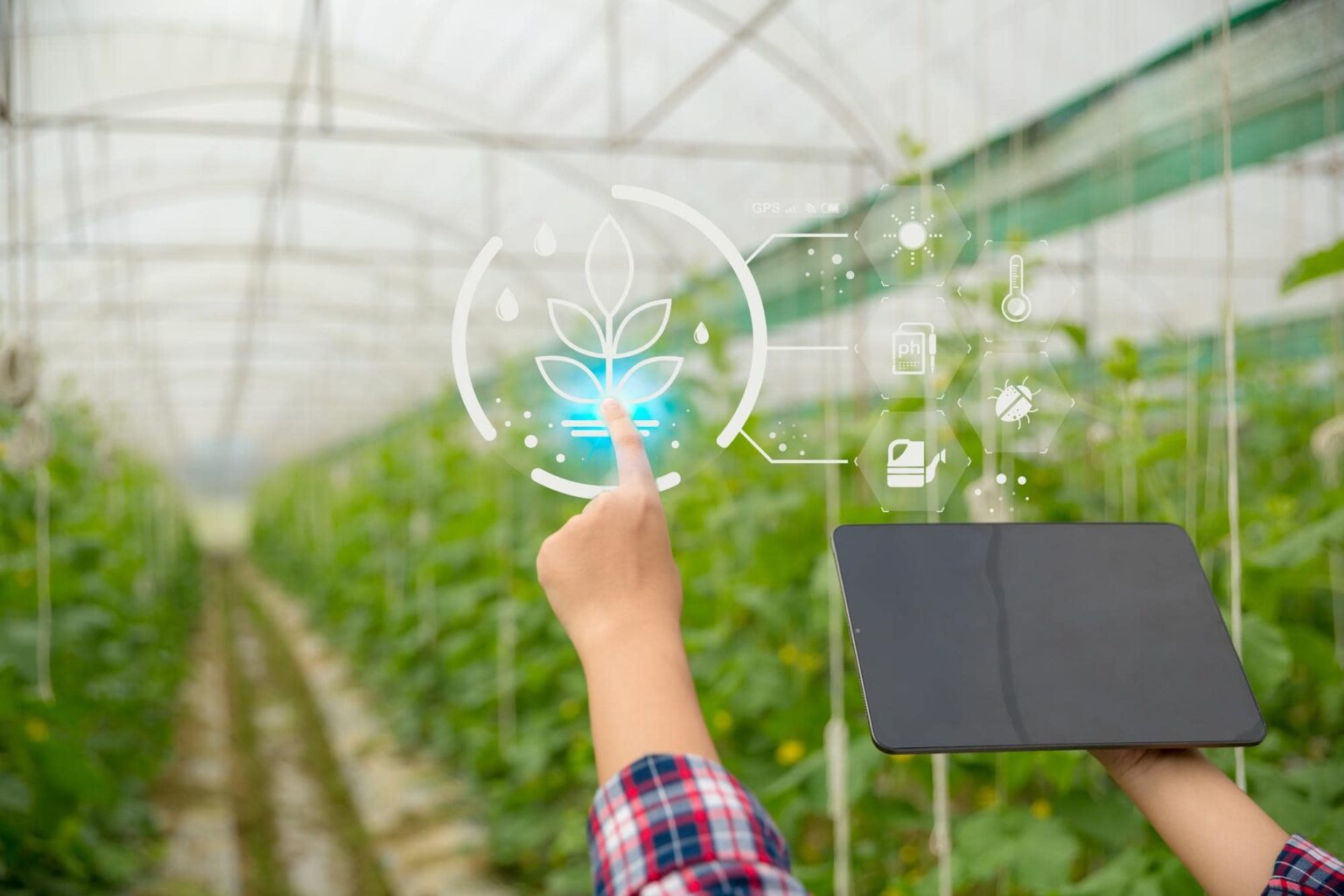IoT (Internet of Things) technology is playing a significant role in revolutionizing agriculture and improving crop yield and farming practices. By leveraging IoT devices, sensors, and data analytics, farmers can gather real-time information about their crops, soil conditions, and environmental factors. Here’s how IoT is making an impact in agriculture:
Precision Farming: IoT enables precision farming techniques by providing farmers with accurate and timely data on crop health, soil moisture levels, temperature, humidity, and other environmental factors. IoT sensors placed in the fields collect data, which is then analyzed to optimize irrigation, fertilization, and pest control. This data-driven approach helps farmers make informed decisions, reduce resource wastage, and maximize crop yield.
Soil Monitoring and Management: IoT devices can monitor soil moisture, nutrient levels, pH, and temperature. This information helps farmers understand the soil conditions and make adjustments to optimize crop growth. By continuously monitoring soil parameters, farmers can ensure that crops receive the right amount of water and nutrients, leading to improved yield and reduced water and fertilizer usage.
Smart Irrigation: IoT-based irrigation systems can automatically adjust watering schedules based on real-time data. Sensors in the fields measure soil moisture levels, and the information is sent to a central system that determines the optimal irrigation needs. Smart irrigation minimizes water waste, prevents over- or under-irrigation, and ensures that plants receive the right amount of water at the right time.
Crop Monitoring and Disease Detection: IoT devices, including drones and cameras, can be used to monitor crops and detect diseases or pest infestations at an early stage. High-resolution images captured by drones or cameras are analyzed using computer vision and machine learning algorithms to identify signs of stress, diseases, or pests. Early detection allows farmers to take immediate action, such as targeted treatment or pesticide application, to prevent the spread of diseases and minimize crop damage.
Livestock Monitoring: IoT devices can be employed to monitor the health and behavior of livestock. Wearable sensors can track vital signs, activity levels, and feeding patterns, providing insights into the well-being of animals. This data helps farmers identify signs of illness, optimize feeding strategies, and improve animal welfare.
Supply Chain Optimization: IoT devices and sensors can track and monitor the conditions of agricultural products throughout the supply chain. This includes monitoring temperature, humidity, and other environmental factors during storage and transportation. By ensuring optimal conditions, IoT helps reduce spoilage, maintain product quality, and extend the shelf life of agricultural produce.
Decision Support Systems: IoT data combined with advanced analytics can provide farmers with valuable insights and recommendations. Decision support systems can analyze data from various sources, including weather forecasts, soil conditions, and crop growth patterns, to offer personalized recommendations on planting schedules, crop selection, and resource allocation. This helps farmers make informed decisions and optimize their farming practices.
Overall, IoT technology in agriculture improves the efficiency, productivity, and sustainability of farming operations. By leveraging real-time data and analytics, farmers can make data-driven decisions, optimize resource usage, reduce environmental impact, and ultimately increase crop yield and profitability.



